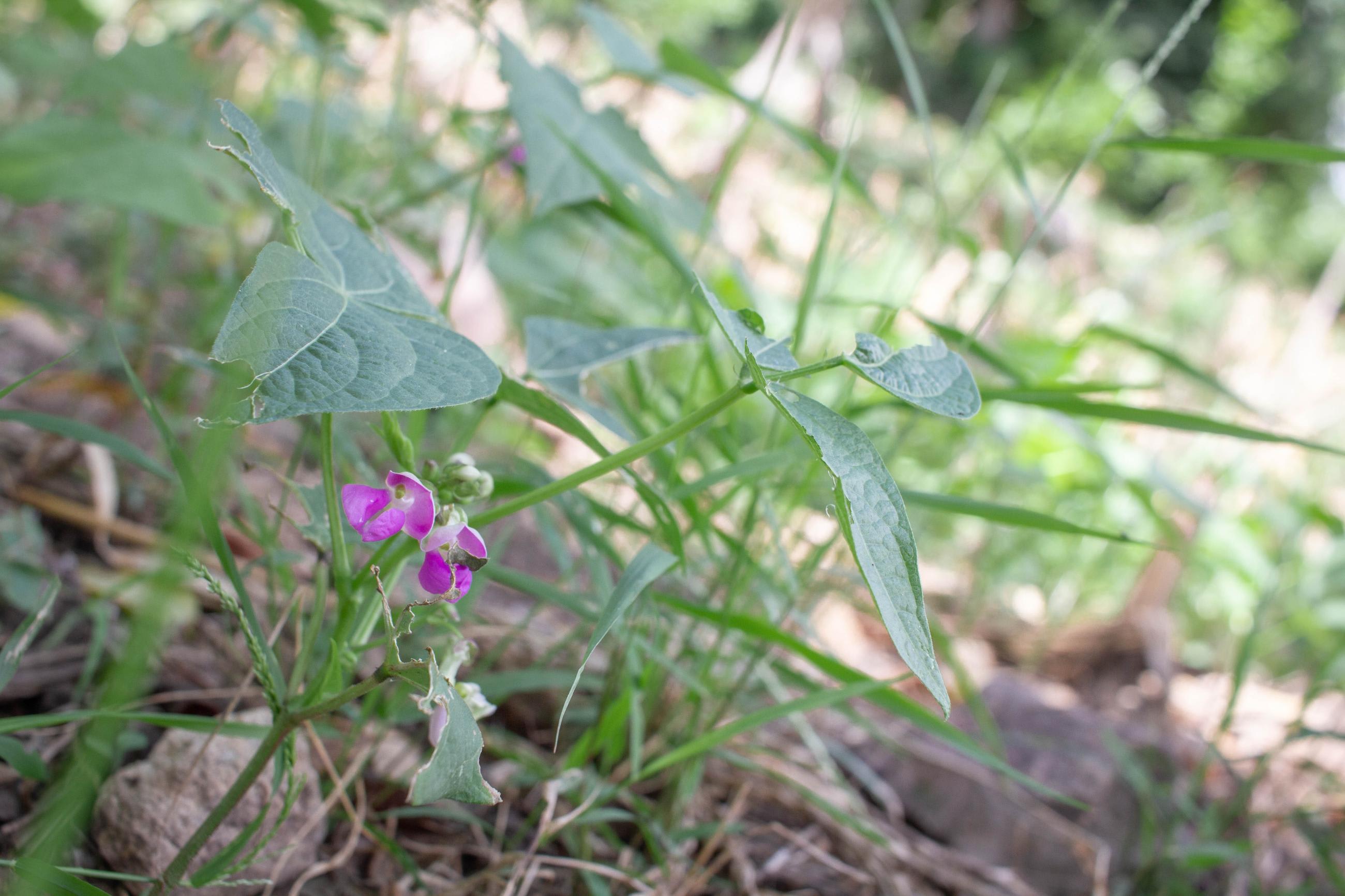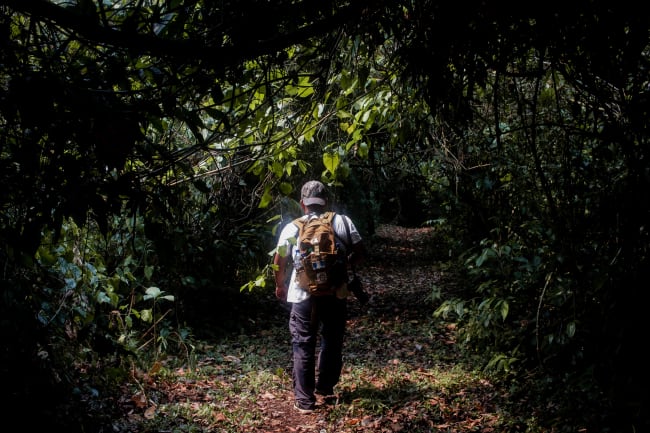Celia Ramírez and her tight-knit Mayan Chortí family rise with the sun every day in Guatemala's Dry Corridor to work the land together, planting rows of golden maize and crimson-speckled beans. El Niño, however, caused droughts to last longer than expected in 2023, deepening the persistent food crisis this region faces.
Being one of the 7 million people living in the Dry Corridor is challenging. This region, which encompasses 10% of the Central American country's territory, is particularly vulnerable to climate change. Rainfall patterns are erratic, characterized by prolonged droughts followed by intense bursts of rain, making life difficult for the majority of households that depend on their crops for survival.
Although these farmers rely on traditional harvesting methods that are more resistant to dry conditions, the increasing severity of droughts due to climate change threatens their way of life. The Food and Agriculture Organization of the United Nations (FAO) announced that more than 73% of households experience food insecurity in El Salvador, Guatemala, and Honduras, which lie within the Central American Dry Corridor.
Jorge Pernillo, a Guatemalan nutritionist, says that the situation has not deteriorated as much as it could have, however, "thanks to emergency projects carried out by some UN agencies and NGOs." One, implemented in 2023 by the FAO through a package of Anticipatory Actions, included the K'uxu'rum cultivation technique ("My humid land" in the Mayan Chorti' language).
Hedging Against Climate Change
Ramírez is one of 10,000 residents of the Dry Corridor who have implemented the K'uxu'rum Agroforestry System. This practice is based on the Mayan Chortí principles of not control burning before planting, caring for the natural regeneration of the trees, and managing pruning and soil cover. The K'uxu'rum system combines the cultivation of corn and beans with madre cacao trees (Glicidia sepium).
Establishing rows of these trees interspersed with crops improves soil moisture retention and facilitates nutrient cycling. The tree roots extract deep nutrients and fix atmospheric nitrogen, benefiting the crops. The increased vegetative cover allows the corn and beans to withstand droughts of 45 to 55 days, maintaining some production even under adverse conditions.
"It is an agroforestry system that is easy to establish and offers significant benefits through its contributions of nitrogen, moisture, organic matter, and firewood. This system has generated positive results for regions in Honduras and Guatemala," says Julio López Payés, Guatemalan director of the Tropical Agricultural Research and Higher Education Center (CATIE).

According to FAO Manager of Emergencies and Resilience Lester García, this agroforestry system enables families to harvest basic grains and native plants, provide their own firewood and timber, restore the landscape, and—most important—adapt to climate variability, especially drought. "One crucial aspect is that it originated from combining the indigenous people's traditions and knowledge of the land with modern farming techniques," explains Tilda Barkselius, researcher at Uppsala University in Sweden.
The practice, according to the FAO, has improved the availability of basic grains by more than 25% in production and, on average, extended the self-supply period by two months.
K'uxu'rum has been especially helpful in recent years given the lack of rain. "We always harvest our maize and beans. The planting of sticks and not burning and leaving the stubble on the ground have kept the water in the soil, and the crops always yield their harvest," says Ramírez.
Santos Martínez, another area resident and beneficiary of the K'uxu'rum system, also lives in precarious conditions. His children have struggled with malnutrition and been exposed to extended drought. However, with K'uxu'rum he has noticed a positive change. "Now that the trees are growing, we are less affected by the heat wave. Yes, the harvest has decreased, but not as much as in other communities where they do not have K'uxu'rum in their parcels."
García notes that since December of last year and the beginning of 2024, farmers who have implemented this system have produced 30% to 40% more than families who do not. "[So far in] 2024, we have seen a higher food reserve at a family level compared to other years due to the K'uxu'rum [system]," Martínez says.
Continuing Efforts
Specialists from both the FAO and CATIE indicate that, given the success of this technique, it could be scalable in other regions with similar conditions.
K'uxu'rum is not enough on its own to eradicate the problems associated with food insecurity and lack of opportunities in the region
Although K'uxu'rum has helped significantly reduce the impact of droughts for some families in the Dry Corridor, it is not enough on its own to eradicate the problems associated with food insecurity and lack of opportunities in the region.
Currently, almost 2.5 million people living in the Dry Corridor need food assistance because of moderate and severe food insecurity. "It is another symbol of the failure of Guatemala's political and economic system. A recurring and predictable event that recent governments have not addressed in a timely manner," Pernillo says.
A study published by CARE International in 2022 revealed the harsh reality these families face: 21% of households went into debt to buy food; 38% reduced the size of their meals; 22% ate less or abstained entirely, prioritizing their children's meals; and 31% skipped at least one meal a day. Overall, it is estimated that approximately 604,000 people (3% of the population) are in a state of emergency regarding food security, and nearly 3.6 million (21% of the population) are in a food crisis, all within Guatemala alone.
In May 2023, the Secretariat of Food and Nutritional Security of the Presidency of the Republic of Guatemala announced the allocation of $607.3 million for the implementation of the Seasonal Hunger Response Plan. According to Pernillo, this plan is merely "the sum of the usual and planned activities of most ministries and secretariats with legal responsibilities."
Pernillo argues that the Guatemalan government is neglecting the crisis of childhood malnutrition because crucial agencies, such as the Ministry of Agriculture (allocated only 12% of the budget) and the Ministry of Public Health (only 8%), are inadequately funded. Even though 46.5% of children under 5 suffer from chronic malnutrition, these ministries simply do not have the resources to address the situation effectively.













